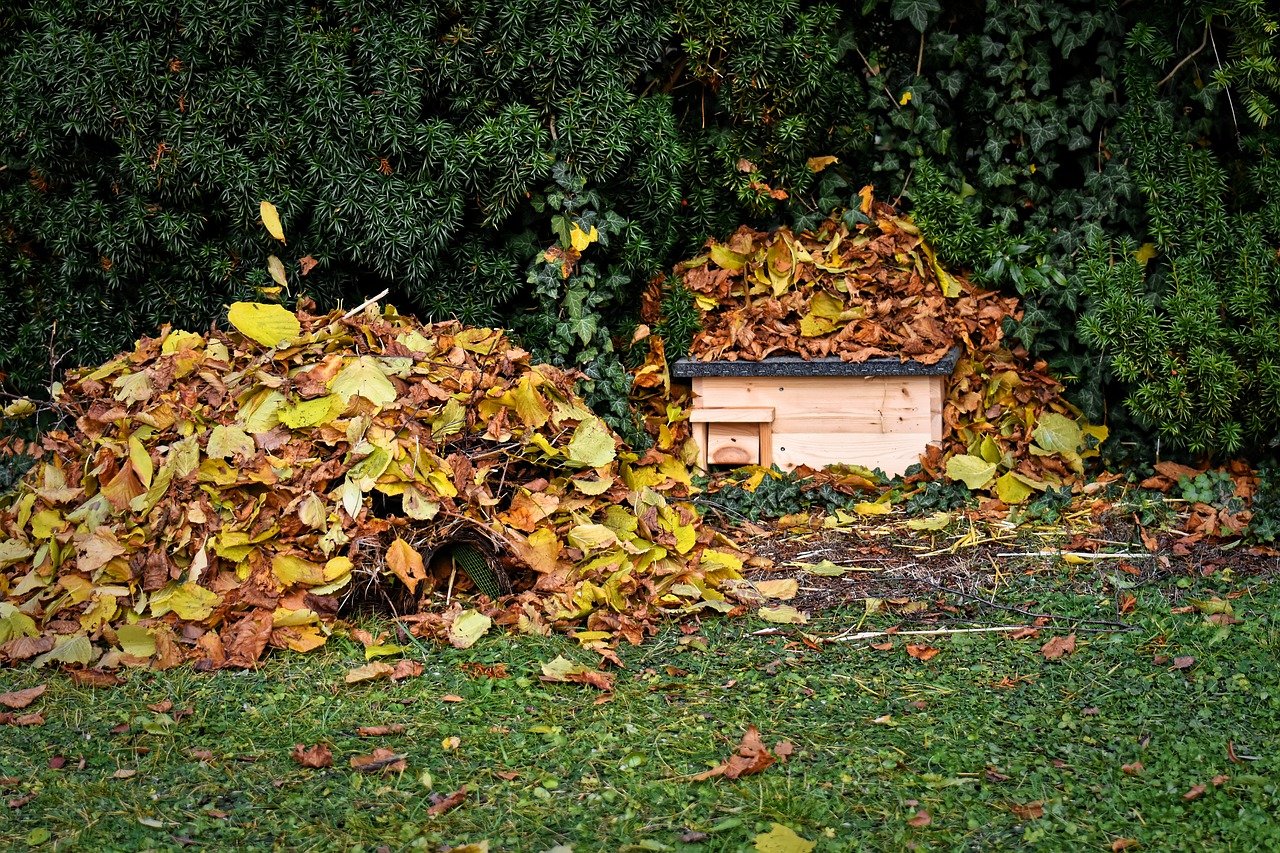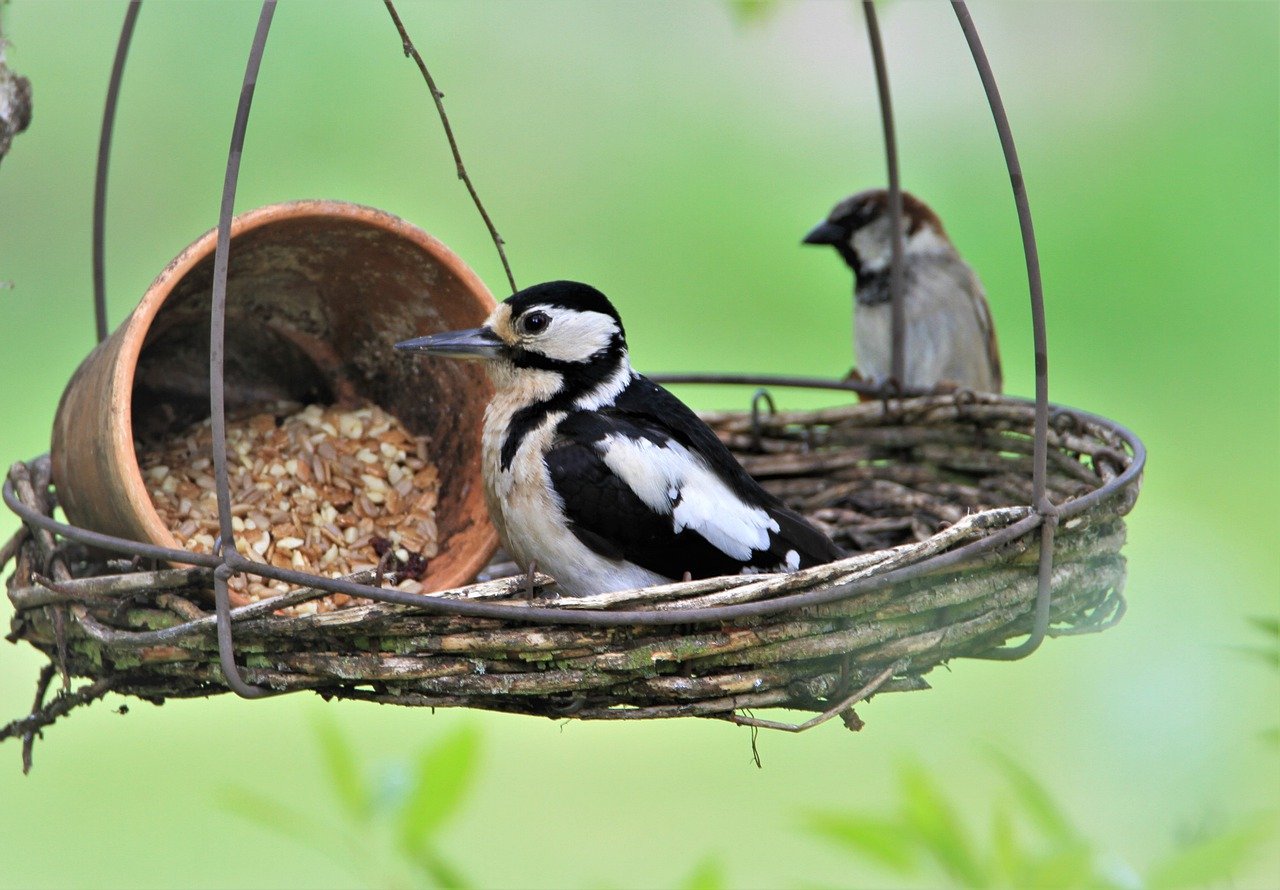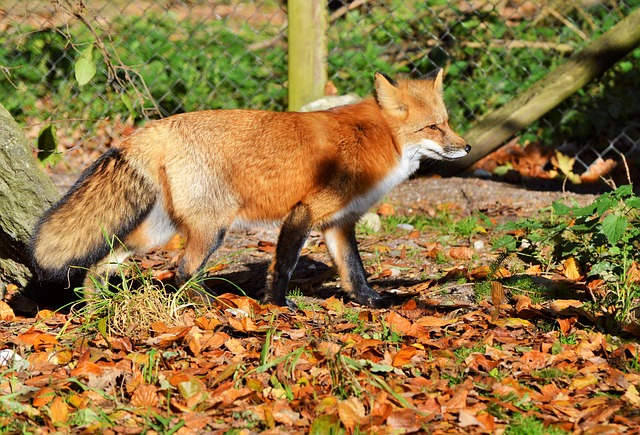The autumn season brings festivities like Bonfire Night, which, while exciting for us, can be a time of great stress and danger for the local wildlife that shares our gardens and green spaces. It's not just our domestic pets that can be affected; noise, bright flashes, and the danger of bonfires can severely disrupt the lives of animals like hedgehogs, badgers, foxes, squirrels, frogs, toads, and even smaller reptiles.
These creatures, especially those seeking a warm, safe spot to hibernate or shelter, are incredibly vulnerable. Therefore, it is vital we all take proactive steps to ensure we have a safe bonfire that doesn't harm our wild neighbours.
What Can You Do to Protect Wildlife?
Creating a secure environment for wildlife around your home is simple with a few precautionary measures. Here is essential advice on how to have a safe bonfire in your garden and protect wildlife this Bonfire Night.
1. Always Rebuild the Bonfire Pile on the Day
A pile of garden waste, logs, and leaves provides a warm, dry, and secure habitat for many animals, particularly the endangered hedgehog, which may be preparing its hibernation nest.
Crucial Tip: Never build your bonfire in advance. If you must build it ahead of time, place the materials on a piece of plastic or old tarpaulin and then move the entire pile to a clear spot just before lighting it. This simple act drastically reduces the chance of trapping an animal.
Safety Check: If you built the bonfire earlier, or are using a pre-existing pile of garden waste, dismantle it piece by piece using a pole or broom (not your hands!) and check every layer for any hidden animals. Listen carefully for hissing or rustling noises.

2. Create an Alternative Safe Haven
How to help local wildlife is by offering them a much safer alternative to your bonfire.
Draw Wildlife Away: Build a separate, small pile of logs, sticks, and leaves well away from the intended bonfire spot. This quieter, safer pile can act as an attractive alternative shelter, drawing small mammals and amphibians away from the danger zone.
Educate Others: If attending a community display, encourage the organisers to implement these checks.

3. Ensure the Bonfire is Fully Extinguished
The danger doesn't end when the flames die down. Residual heat and glowing embers can still pose a significant threat.
Douse Thoroughly: After the fireworks and festivities are over, ensure the bonfire is fully and completely doused with water. Check it carefully to make sure no heat remains. Warm ashes and embers can be extremely tempting to animals seeking heat but will cause severe burns.

4. Clear Up All Debris and Pollution
Litter from Bonfire Night can be a silent killer for local wildlife.Remove All Waste: Clear up all garden debris, especially plastics, wrappers, food waste, and spent fireworks/sparklers.
The Danger of Plastic: Wildlife can become trapped in plastic rings and bags or can fall ill if they ingest materials poisonous to them. Sharp objects like metal sparkler sticks can also cause serious injury.

Take Your Passion Further: Study Wildlife Protection
If you feel strongly about wildlife protection and want to be a part of the effort to conserve and rehabilitate British fauna, consider turning your passion into a qualification.
The online Level 3 Diploma in British Wildlife Rehabilitation Studies offered by Animal Courses Direct is an excellent step. This course will equip you with the specialised knowledge and skills required to rescue, care for, and rehabilitate injured or orphaned British wildlife, allowing you to make a meaningful difference to the lives of the animals in your local area and beyond.
Let's all play our part to protect wildlife and nature around us this Autumn and year-round! Click below to view the course in more detail.

















